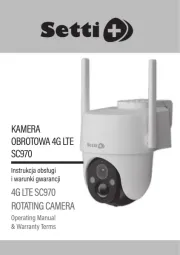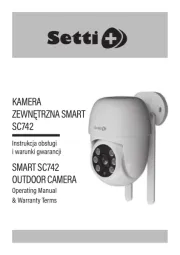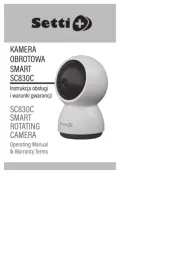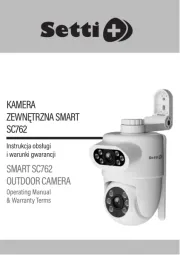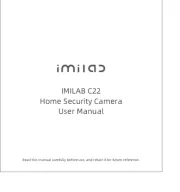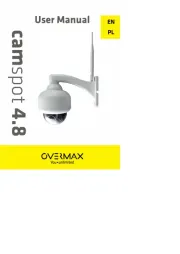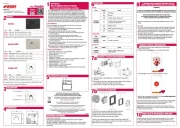Nikon Coolpix L16 Manual
Læs gratis den danske manual til Nikon Coolpix L16 (124 sider) i kategorien Kamera. Denne vejledning er vurderet som hjælpsom af 29 personer og har en gennemsnitlig bedømmelse på 3.6 stjerner ud af 15 anmeldelser.
Har du et spørgsmål om Nikon Coolpix L16, eller vil du spørge andre brugere om produktet?

Produkt Specifikationer
| Mærke: | Nikon |
| Kategori: | Kamera |
| Model: | Coolpix L16 |
| Bredde: | 95 mm |
| Dybde: | 29.5 mm |
| Højde: | 61 mm |
| Vægt: | 125 g |
| Produktfarve: | Sort |
| Skærm diagonal: | 2.8 " |
| Kompatible hukommelseskort: | sd |
| Batteriteknologi: | Alkaline |
| Skærm: | LCD |
| Intern hukommelse: | 21 MB |
| Videooptagelse: | Ja |
| Batteritype: | AA |
| Antal understøttede batterier: | 2 |
| Videofunktion: | Ja |
| Skærmopløsning (numerisk): | 230000 pixel |
| Megapixel: | 7.1 MP |
| Sensortype: | CCD |
| Billede sensor størrelse: | 1/2.5 " |
| Maksimal videoopløsning: | 640 x 480 pixel |
| Bevægelse JPEG-billedhastighed: | 30 fps |
| Optisk zoom: | 3 x |
| Digital zoom: | 4 x |
| Grænseflade: | USB |
| Brændviddeområde: | 5.7 - 17.1 mm |
| Digital SLR: | Ingen |
| Brændvidde (svarende til 35 mm film): | 35 - 105 mm |
| Objektivsystem: | 5/ 5 |
Har du brug for hjælp?
Hvis du har brug for hjælp til Nikon Coolpix L16 stil et spørgsmål nedenfor, og andre brugere vil svare dig
Kamera Nikon Manualer










Kamera Manualer
- ZeissIkon
- Kogan
- Arlo
- Trevi
- Bauhn
- Oregon Scientific
- Setti+
- Vtech
- Fujifilm
- BirdDog
- TP-Link
- Hasselblad
- Videotec
- Easypix
- Canon
Nyeste Kamera Manualer
